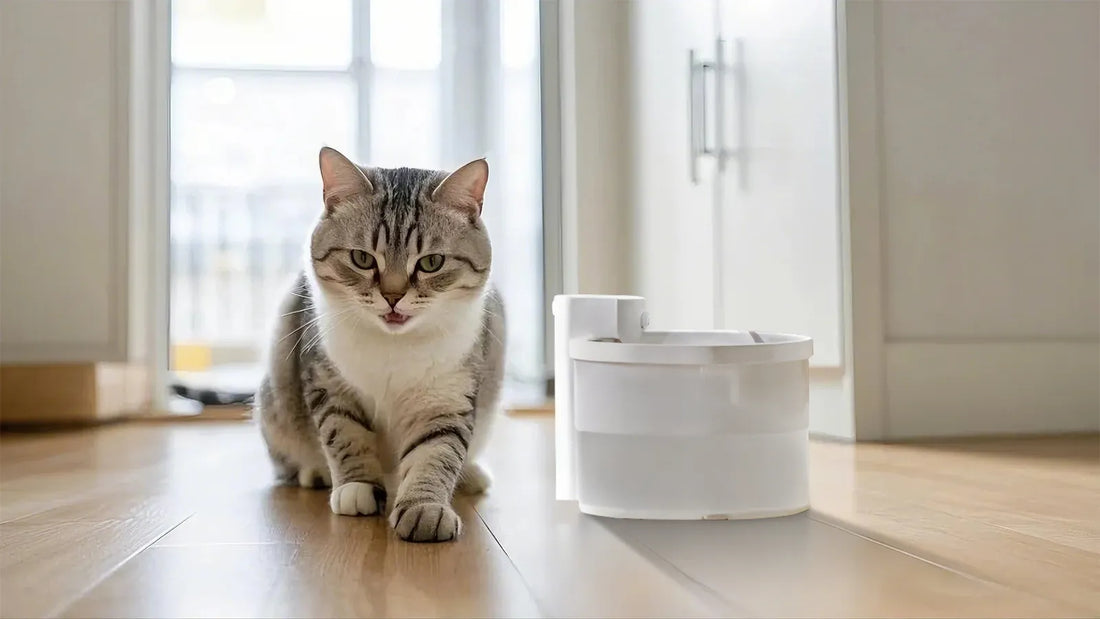When it comes to grooming your dog, one of the most debated topics is whether it's okay to let your dog air dry after a bath. While some pet owners swear by air drying, others prefer using towels or blow dryers. This article will explore the pros and cons of air drying your dog, providing you with the information you need to make an informed decision.
The Benefits of Air Drying Your Dog
Air drying your dog after a bath can have several advantages. First and foremost, it is a natural and gentle method that doesn't involve any additional tools or equipment. This can be particularly beneficial for dogs that are sensitive to noise or heat, as blow dryers can sometimes be overwhelming for them.
Another benefit of air drying is that it allows your dog's coat to dry naturally, which can help maintain its texture and shine. Additionally, air drying can be a more relaxing experience for your dog, as it eliminates the stress that can come with the noise and heat of a blow dryer.
The Risks of Air Drying Your Dog
While air drying has its benefits, it also comes with some risks. One of the main concerns is that air drying can take a long time, especially for dogs with thick or long coats. During this time, your dog may be at risk of catching a cold, particularly if the environment is chilly or damp.
Another risk is that air drying can lead to skin irritation or infections if your dog's coat remains wet for an extended period. Moisture can create a breeding ground for bacteria and fungi, which can cause skin problems. Additionally, if your dog has a tendency to roll around or lie down on dirty surfaces while wet, it can lead to further contamination.
Best Practices for Air Drying Your Dog
If you decide to air dry your dog after a bath, there are some best practices you should follow to minimize the risks. First, make sure to towel dry your dog as much as possible before allowing them to air dry. This will help remove excess moisture and speed up the drying process.
Next, ensure that your dog is in a warm and comfortable environment while air drying. Avoid placing them in a drafty or cold area, as this can increase the risk of them catching a cold. You can also use a fan or dehumidifier to help circulate the air and speed up the drying process.
Finally, monitor your dog closely while they are air drying. If you notice any signs of discomfort, such as shivering or scratching, it may be a sign that they are not drying properly. In such cases, consider using a towel or blow dryer to help them dry more quickly.
Alternatives to Air Drying
If you're concerned about the risks associated with air drying, there are several alternatives you can consider. Towel drying is a simple and effective method that can help remove excess moisture from your dog's coat. Be sure to use a clean, absorbent towel and gently pat your dog's coat to avoid causing any irritation.
Another alternative is using a blow dryer, but it's important to use it correctly to avoid causing discomfort or injury to your dog. Use the lowest heat setting and keep the dryer at a safe distance from your dog's skin. Additionally, make sure to move the dryer constantly to avoid concentrating heat in one area.
Some pet owners also use specialized drying coats or wraps that are designed to absorb moisture and help your dog dry more quickly. These can be a convenient option, especially for dogs with thick or long coats.
Factors to Consider When Choosing a Drying Method
When deciding whether to air dry your dog or use an alternative method, there are several factors to consider. The type of coat your dog has is one of the most important factors. Dogs with short or thin coats may dry more quickly and easily with air drying, while those with thick or long coats may require additional assistance.
Your dog's temperament is another important factor. If your dog is sensitive to noise or heat, air drying may be the best option. However, if your dog is prone to skin issues or infections, you may want to consider using a towel or blow dryer to ensure they dry thoroughly.
Finally, consider the environment in which your dog will be drying. If you live in a warm and dry climate, air drying may be more feasible. However, if you live in a cold or damp environment, you may need to take extra precautions to ensure your dog dries properly.
Ultimately, the decision to air dry your dog after a bath is a personal one that depends on your dog's individual needs and circumstances. By understanding the pros and cons of air drying and following best practices, you can ensure that your dog stays healthy and comfortable during the drying process.
So, is it okay to let your dog air dry after a bath? The answer depends on your dog's specific needs and the environment in which they are drying. By considering the factors discussed in this article, you can make an informed decision that keeps your furry friend happy and healthy.













